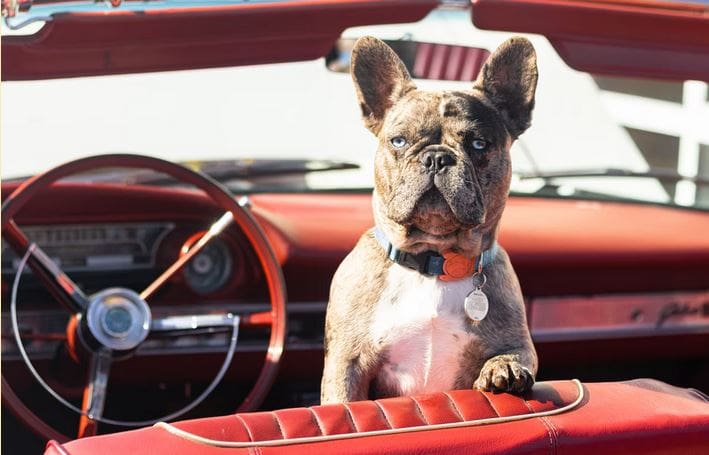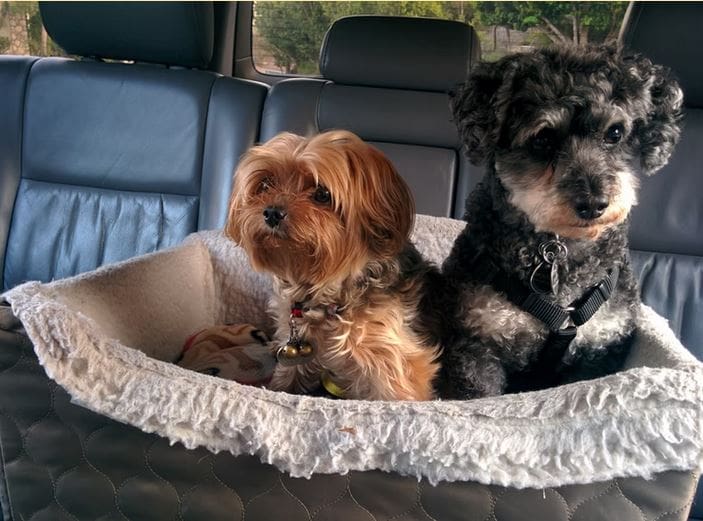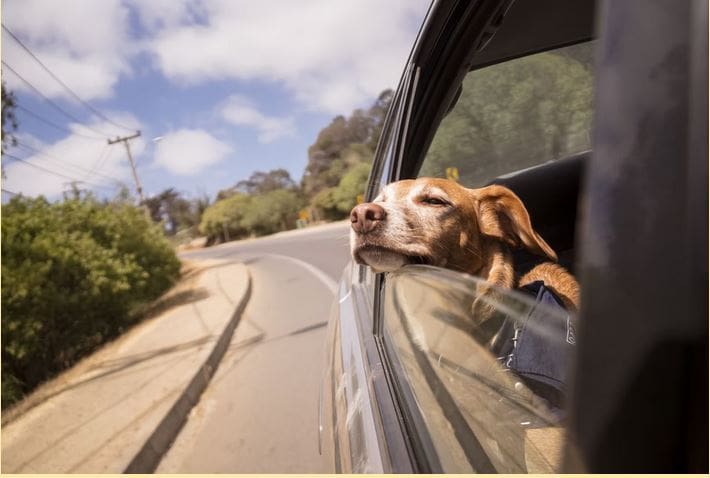Tips For Transporting Your Dog in a Car

How to Transport a Dog in a Car

The best way to accustom your dog to travel by car is to train them from an early age. Even if you don’t have a car yet, you can start taking your puppy on public transport. The animal will get used to the road, noise, turns, braking while learning to go out and in on command.
All this will be useful while traveling in a car as well. But even if you missed the moment, it’s okay – an adult dog can also be accustomed to journeys in a car with a bit of training for transport in a car.
Preparing to travel
- Do not feed or water your dog less than two hours before travel. Especially if this is the first trip, it is better to make sure that the animal does not get carsickness.
- If you plan to carry your dog in a carrier, allow the animal to get used to it a few days before travel. The dog should not perceive the carrier as a dangerous confined space that it sees for the first time.
- Allow your dog to get accustomed to the car beforehand. Take it on a leash to the car, let it study the new object, start the engine, make sure that the dog is not afraid of noise. Open the doors and try to teach the dog to jump inside the car only on command, and get out in the same way. The fact is that the animal can try to jump into the car when the door is already closing and get injured. In addition, you need to teach your dog to never jump into the driver’s seat.
- If the animal is afraid to go inside the car, put a treat, toy on the seat, sit next to it or put someone the dog trusts. Give it a chance to explore the interior in advance, gnaw something and jump from the backseat to the front. All this must be done, even if you plan to transport the dog in a carrier: first, let it explore the salon, and then put the carrier in it.
- Gradualness and patience are important in learning new things: try not to take your dog on a long journey right away. Better to start with a trip to a nearby store. Never scold your dog if it is afraid of the car or, on the contrary, behaves too freely at first and jumps around the cabin. An animal needs time to understand what rules are established in a new space for it.
- It is better not to start your dog’s acquaintance with the car with a trip to the veterinarian. Let the animal have some more pleasant associations with the car.
- Take a bowl on the road (food from a familiar bowl will help the dog to calm down), food, and water. You can also put covers on the seat or put an oilcloth (especially if you are bringing a puppy). If you have a supercar like the one from evolve.ae, for example, you should definitely take care of the safety of the interior.
- If you have a long trip, give the animal physical activity before the trip, play with it, train the commands. Then the dog in the car will be less nervous and distract you on the way.
How to carry a dog in a car?

- The dog should not move freely around the cabin – it is dangerous for it and for passengers. You can carry it in a carrier or an auto hammock. You can attach the leash to the rear seat pins or buy a harness that attaches to your seat belt. You can install a special limiter that separates the dog from the passengers. Some cars have space in the trunk for transporting dogs.
- Dogs are very fond of leaning out of windows: barking, breathing, and just like that. This is possible only at low speed and where there are no other cars. And, of course, provided that the dog is on a leash and someone is controlling it. Firstly, the dog may not notice the branch rushing towards it, and secondly, with loud barking, scare the driver in the next car and provoke an accident.
- Never leave your dog alone in a closed vehicle. In the heat, it can instantly overheat, in the cold – supercool.
- Be sure to stop every few hours: the dog should not associate the car with a place where it is stuffy or blowing all the time, you have to endure for a long time and cannot move. Also, short walks can help distract your dog if it gets too nervous on the road.
- Pay attention to the unusual behavior of the dog: if you see that it is sitting in an unnatural position (possibly motion sickness) if it has increased salivation (it may be hot), and so on. If the animal is nervous and restless, try to figure out what exactly makes it anxious – speed, restriction of movement, changing scenery outside the window – and gradually accustom the animal to a more relaxed reaction to these factors.

The most important and basic rule of transportation: the dog should not interfere with driving, block the driver’s view, and so on – while chaotically moving inside, the animal can get injured or provoke an emergency. Therefore, it is important that the animal cannot move freely inside the car.
At the same time, do not forget about the convenience of the pet itself. Try to make your dog as comfortable as possible so that it is not stressed during the trip.




